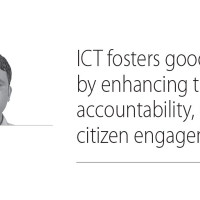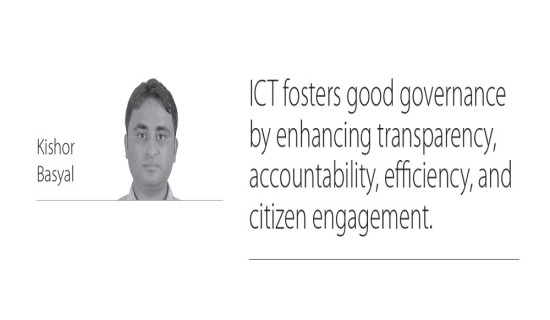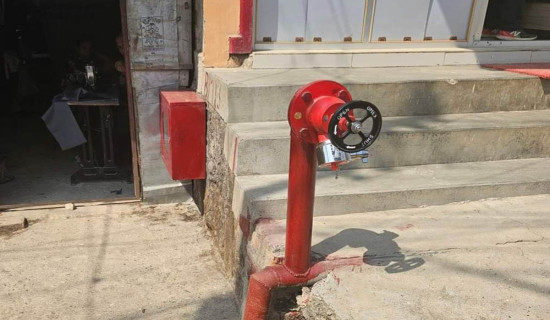- Thursday, 2 May 2024
Rebuilding Peace In West Asia
On last Saturday Iran launched a barrage of drones and ballistic missiles at Navitim Airbase and some other strategic locations in Israel. This attack was carried out in response to Israel’s missile attack on the Iranian Consulate premises in Damascus on April 1, killing seven Iranian Revolutionary Guard officers, including 2 senior commanders. The Iranian airstrike was unprecedented in terms of sophistication and the immensity of fire power, 350 drones, cruise and ballistic missiles. Though 99 per cent of the drones and missiles were reported to have been intercepted by Israel in collaboration with US and its allies, this action of Iran has left the world stunned and astounded.
Iran and Israel are sworn enemies and principal power players of West Asia. They often threaten to obliterate each other from the face of the earth. Israel has been mounting clandestine and often surprise operations targeting strategic defense experts and nuclear scientists of Iran in order to maintain what defense experts call ‘deterrent supremacy’. In close collaboration with the United States, Israel has done every thing possible to prevent Iran from acquiring a cutting edge missile technology and thwarting its atomic programme.
Atomic weapons
Israel assassinated Moshen Fakhrizadhe, a senior atomic scientist, on November 27, 2020 to subvert Iran’s nuclear programme. It has repeatedly threatened to destroy Iran’s atomic research plants while Iran is defiantly pursuing its uranium enrichment programme and sophistication of missile and drone technology. In spite of crippling international sanctions and subversion from the US and Israel, Iran is said to have achieved the level of purity of its Uranium, nearly enough to manufacture atom bombs. But neither Iran nor International Atomic Energy Agency (IAEA) have said that Iranian atomic programme is geared towards producing atomic weapons.
In recent years, Iran has been demonstrating a cutting-edge technology in developing drones and ballistic missiles. The use of Iranian Shahid drones by Russia and their impact in its war against Ukraine are all well known. Precision missile strike technology of Iran had also come to international spotlight when it successfully launched ballistic missiles at Al Asad US Airbase in Iraq on 8 January 2020 as retaliation against US’s assassination of Iranian Quds Force Commander General Qasem Souleimani. The Iranian missiles had breached US’s air defense and, according to US Marine Corps intelligence officer and UNSCOM weapons inspector William Scott Ritter, impacted the base ‘inflicting traumatic brain injury to hundreds of US soldiers’. It was a strong indication of Iran’s rapidly growing military might.
In recent years, Iran has emerged as a strong military player influencing the dynamics of the West Asian geo-politics. It is said to be supporting Islamic militant groups like Houthis in Yemen, Hamas in Gaza and Hezbollah in Syria and Lebanon, in their conflict against Israel in favour of the Palestinian cause, which still remains the crux of the problem of West Asia. The Iranian attack of Israeli targets on Saturday night has been explained in different ways amidst sabre-rattling from both sides and Israel’s fresh threat for counter attack. Some analysts say that Iran had attacked Israel in retaliation for attacking diplomatic premises against the protocol of Geneva Convention killing senior military officers of a sovereign nation.
For Israel, its success in intercepting 99 per cent of the projectiles, therefore, should be response enough against Iranian attack. There are others who also say that Iranian attack on Israel was designed more to showcase Iran’s inflicting capacity rather than doing actual harm at the targeted area. The Iranians are said to have announced their plan of attack four hours ahead of actually hitting the targets. Though USA has refuted the claims of early notice, advance information could have been one of the reasons why Israel and its allies were able to intercept so many drones and mitigate damage to the minimum.
With regard to the percentage of interception, former CIA intelligence officer Ray Mc Govern says that the 99 per cent drones which were intercepted were the ‘sacrificial lambs,’ meaning decoys used by Iran to hide the trajectory of more lethal ballistic missiles, which could have evaded interception to cause minor damage as admitted by Israel.
Be that as it may, the way Israel handled the drone and missile attack was effective and demonstrated the technological competence of its Defense Forces. But it is indisputable that the interception had become possible at a huge and unsustainable cost. Interceptors costing billions of dollars were used to shoot down a few thousand dollars worth of drones. If the cycle of retaliation continues in this way, the cost will be unsustainably high for a resource strained country like Israel.
Tectonic shift
With the public announcement of IDS spokesperson Rear Admiral Denial Hagari that there would be response to Iran’s offensive, a real possibility of West Asia plunging into a spiral of deeper and more widespread regional conflict exists. Any large scale conflict between Israel and Iran in the volatile geopolitical context is likely to bring a tectonic shift in the stability of West Asia. Making matters worse, if big powers take sides, which is likely, it could even trigger the outbreak of the much feared World War III. West Asia now stands at a crossroads. As the millions of innocent people live in trepidation under the ominous shadow of hostility, the warring nations’ choice for confrontation or cooperation will shape the destiny of this region.
As a genocidal war grinds on in Gaza without any sign of ceasefire in sight, the people of West Asia cannot afford to see another more ruinous war engulf the region, which is the economic life-line of the entire world. Instead of moving further down the slippery road of catastrophe, the leaders of the hostile countries should pause and hear the voice ringing out from the beleaguered soul of the people. A spiritual journey to self-realisation is never late. By walking the path of constructive dialogue and negotiated settlement, nations can re-navigate their way to safer and more secure world.
(Dr. Bharadwaj is former ambassador and former chairperson of Gorkhapatra Corporation. bharadwajnarad@gmail.com)















